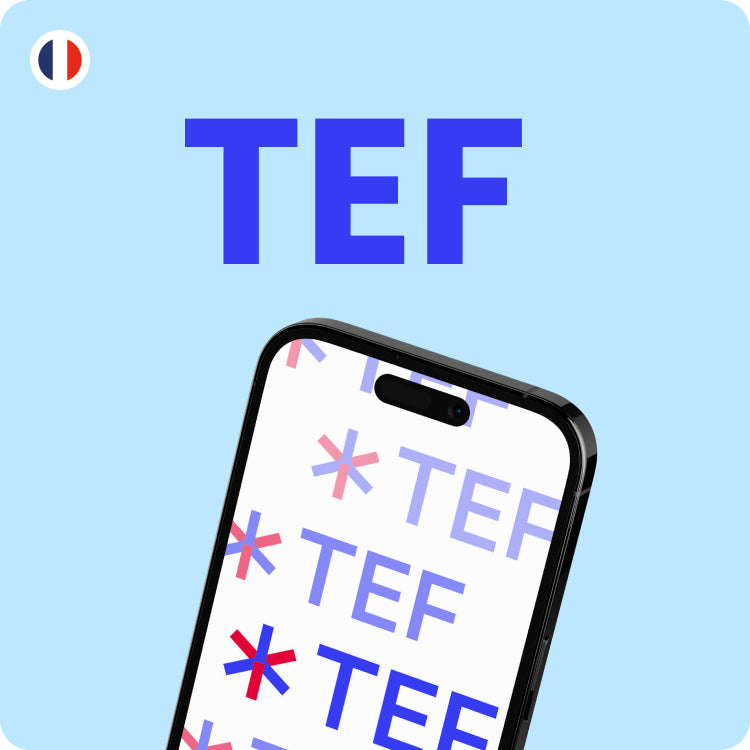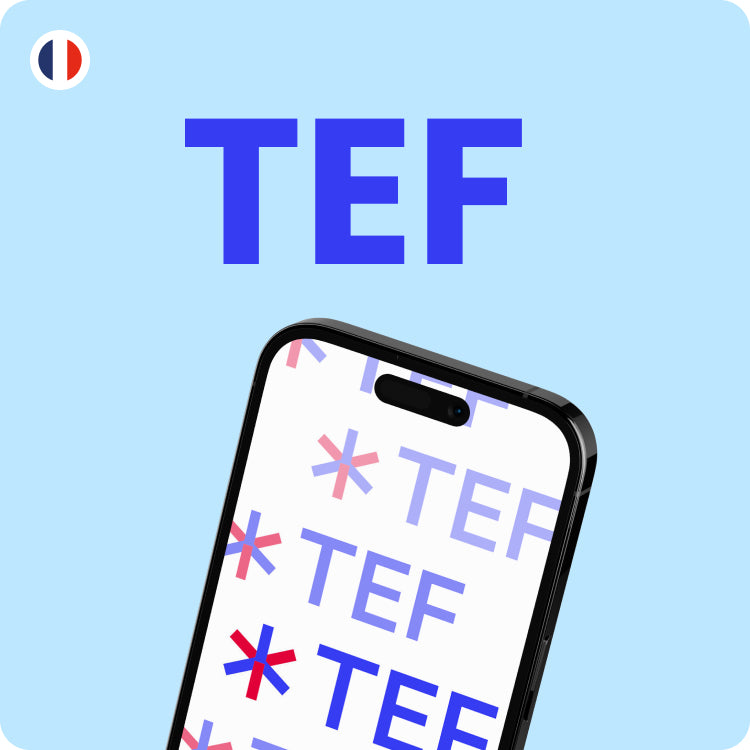Similarities and differences between the NCLC and the CECRL
Similarities and differences between the NCLC and the CECRL
THE Canadian Language Proficiency Levels ( explanations on the NCLC ) are national standards that describe, assess and recognize language skills in French and English in Canada. In this sense, they are similar to the levels CEFR ( CEFR levels – European reference framework for living languages ) with however some differences.
NCLC/CEFR Commonalities
Like the CEFR, the NCLC serves as a model and grid for assessing a candidate's mastery of a secondary language. These are therefore not tests but scales necessary to analyze the results of exams and deduce the candidate's level, in other words their mastery of the language tested .
For example, if you take the TEF Canada, you will get a score which, thanks to the NCLC scales, will tell you your level: beginner, intermediate or advanced level.
NCLC/CEFR differences
The NCLC and the CEFR are independent and are not used in the same countries. Frame European E Common of Reference for the Languages , as its name suggests, is implemented only in Europe. It allows us to give an equivalent estimate of the level of each student in each country in a foreign language: if you have a B1 level in English, for example, you have the same level as a German who also has a B1 level in English.
The NCLC is specific to Canada and is used by immigration services to check the level of English or French of immigrants.
The CEFR has only 6 levels (A1 to C2) while the NCLC has 12.
| Level 1: Basic | Level 5: Basic | Level 9: Basic |
| Level 2: In progress | Level 6: Progressing | Level 10: Progressing |
| Level 3: Adequate | Level 7: Adequate | Level 11: Adequate |
| Level 4: Advanced | Level 8: Advanced | Level 12: Advanced |
| Level A1: Introduction |
Level A2: Intermediate |
Level B1: Threshold level |
Level B2: Autonomous level |
Level C1: Independent |
Level C2: Mastery |

Découvrez la plateforme PrepMyFuture
Découvrir
PrepMyFuture
PrepMyFrench
Share

